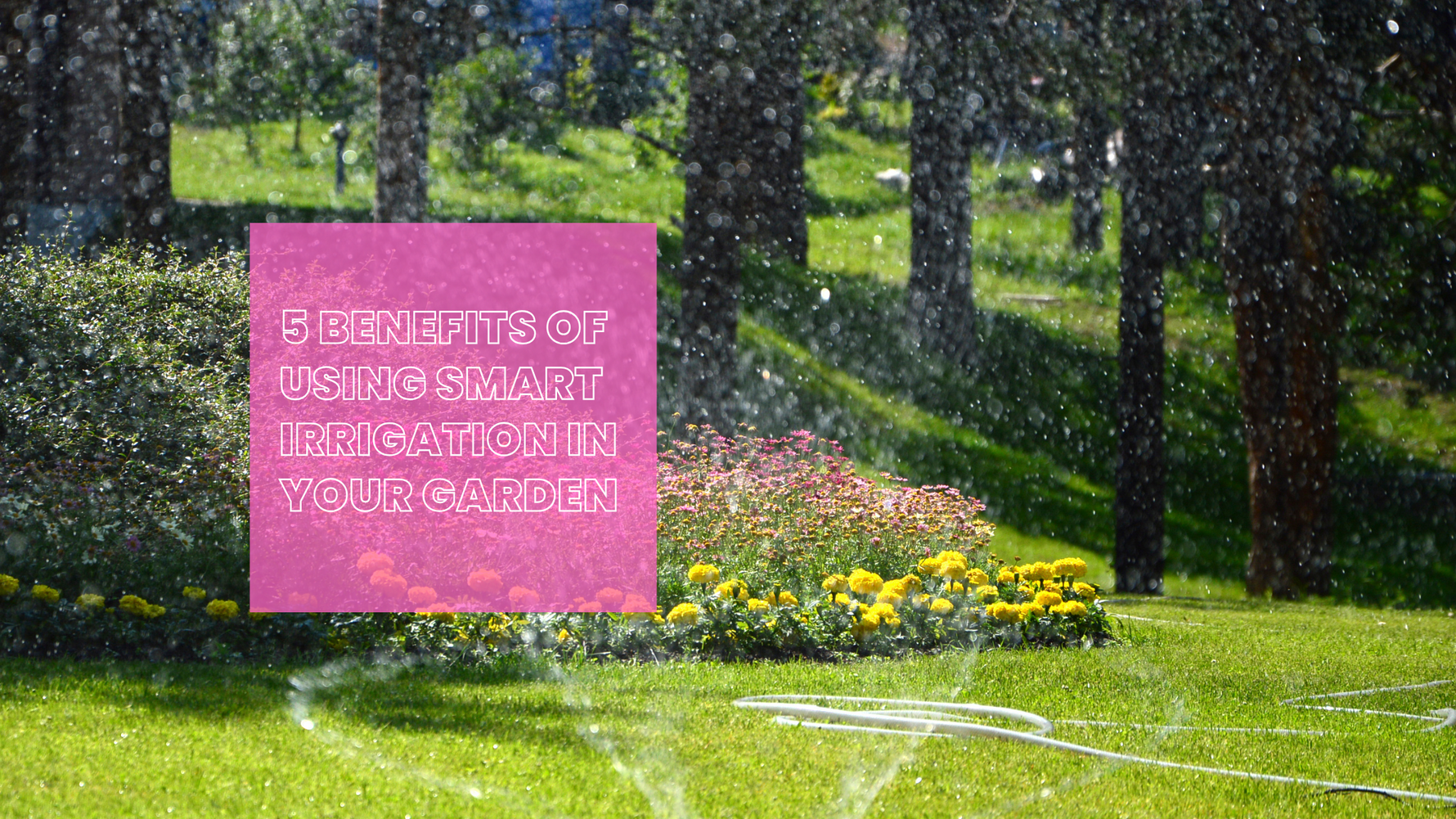News

News
Why Are Smart Irrigation Systems Changing Home Gardens?
by Leen G. on Jul 09 2025
5 Benefits of Using Smart Irrigation in Your Garden
Maintaining a healthy garden requires careful watering. Too much water can drown plants, while too little can dry them out. Manual watering can also be time-consuming and inefficient, especially in larger gardens. Smart irrigation systems make gardening easier by automating watering and ensuring plants get exactly what they need.
1. Precise Watering for Healthier Plants
Smart irrigation allows you to water different parts of your garden according to their specific needs. Some plants require more water, while others thrive with less. By delivering the right amount of water to each area, smart irrigation promotes stronger roots, healthier foliage, and better overall plant growth. This precision helps prevent both overwatering and underwatering, keeping your garden lush.
2. Saves Time and Effort
Watering a garden manually takes time, especially if you have multiple zones. Smart irrigation systems automate the process, freeing up your schedule for other tasks. You no longer need to carry hoses, refill watering cans, or keep track of watering times. Automation reduces effort and ensures your garden receives consistent care every day.
3. Conserves Water and Reduces Costs
Water is a precious resource, and overwatering is a common source of waste. Smart irrigation systems deliver water only when it’s needed, reducing unnecessary usage. This helps lower water bills and supports eco-friendly gardening practices. By using water efficiently, your garden stays healthy while you save money and conserve resources.
4. Full Control and Flexibility
A key benefit of modern irrigation systems is the ability to control them remotely. Using devices such as the RAINPOINT 2-Zone Wi-Fi Sprinkler Timer with LCD Hub, you can manage your garden’s watering directly from your smartphone. You can turn watering on or off, or adjust schedules, even when you’re not at home. This feature ensures your plants stay properly watered and can respond to changes in weather or garden needs.
5. Easy Installation and Customization
Smart irrigation systems are simple to install and customize. You can program different watering times for various zones, adjust durations, and create schedules that match your plants’ seasonal needs. The easy setup makes it accessible for any gardener, whether you have a small patio garden or a larger landscaped area.
Benefits
In addition to the main advantages, smart irrigation helps reduce water runoff, prevents soil erosion, and protects delicate plants from stress caused by inconsistent watering. With a properly designed system, every part of your garden receives optimal care with minimal effort.
Conclusion
Smart irrigation is a practical solution for modern gardeners. By automating watering, conserving water, and promoting healthier plant growth, it makes gardening easier and more efficient. A system like a Wi-Fi-enabled sprinkler timer can give you control and flexibility, ensuring your garden thrives without constant manual effort.
Investing in smart irrigation is a simple way to maintain a beautiful, green, and well-watered garden while saving time, water, and effort.

